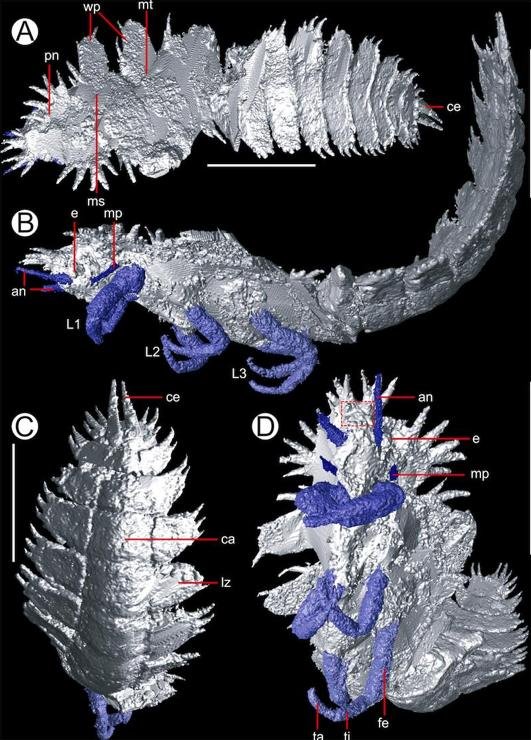MANCHESTER, England, Sept. 26 (UPI) -- British researchers say modern technology has yielded 3-D images of 305-million-year-old insects that would be impossible to study otherwise.
Scientists at the University of Manchester said a high resolution form of CT scanning allowed them to reconstruct two juvenile insects from the only evidence they left, three-dimensional holes in a rock.















